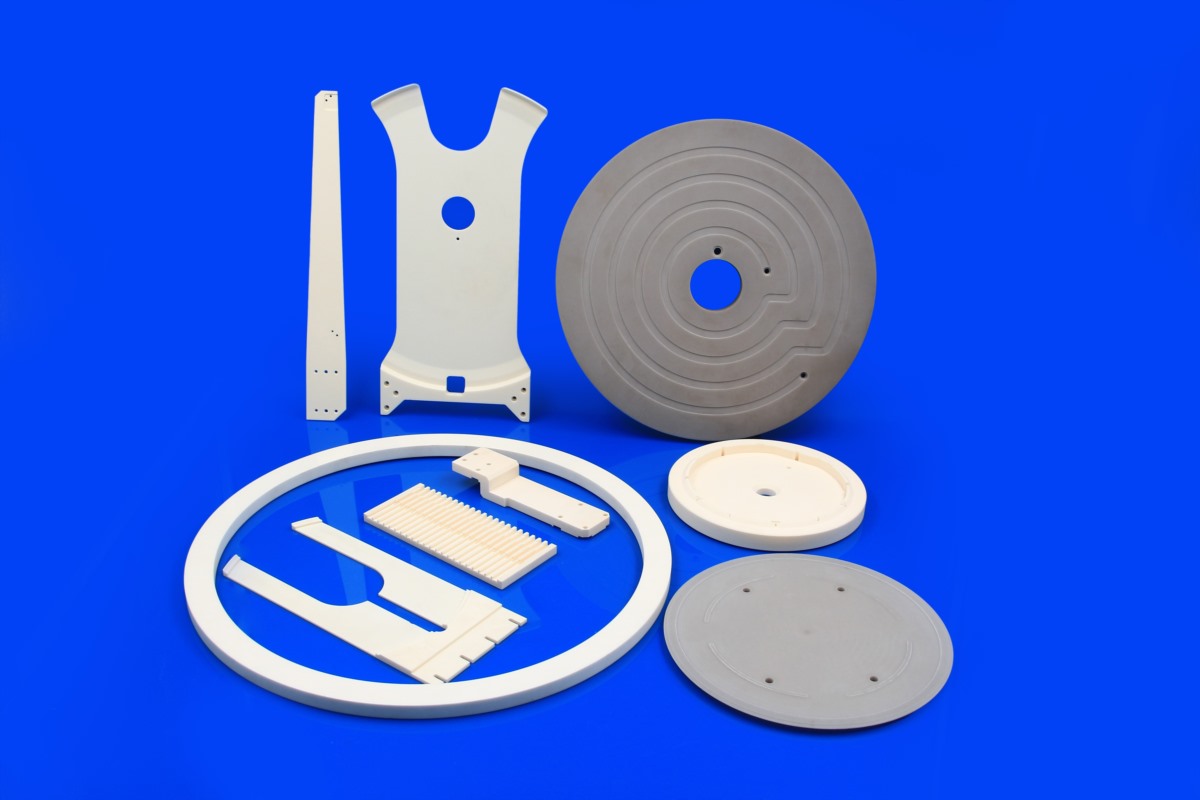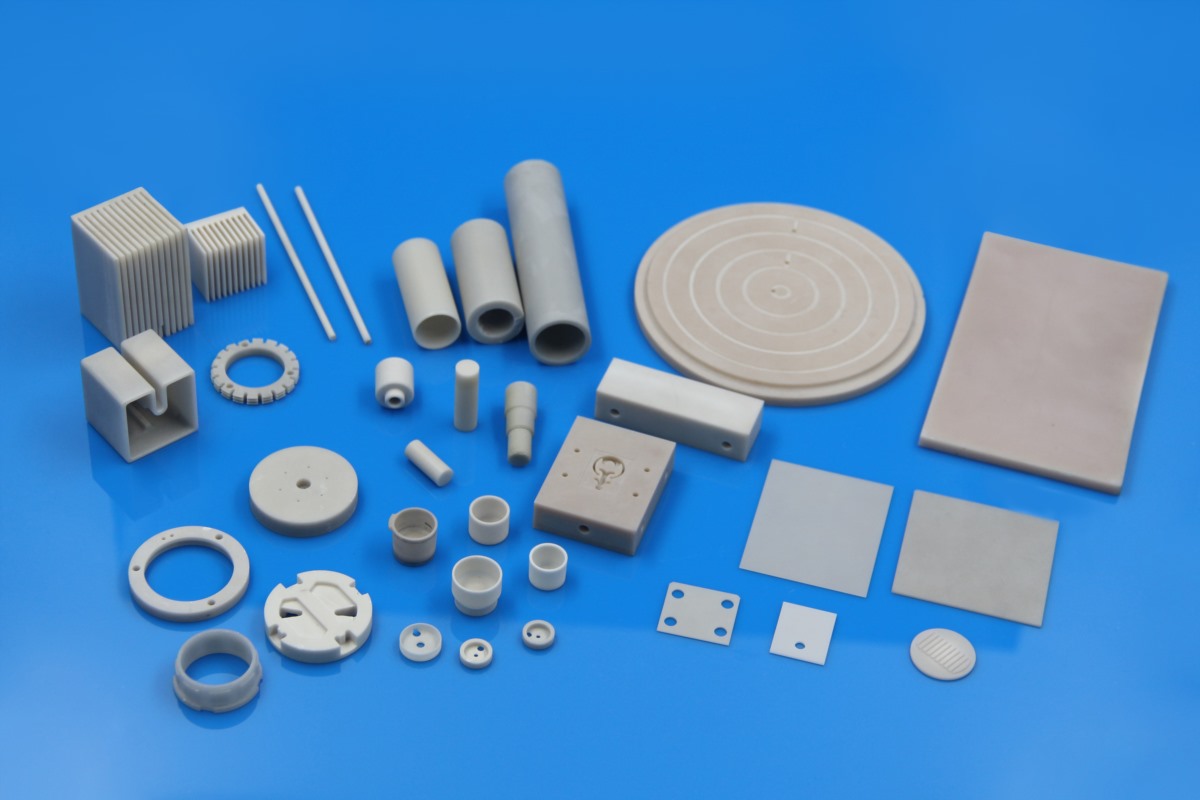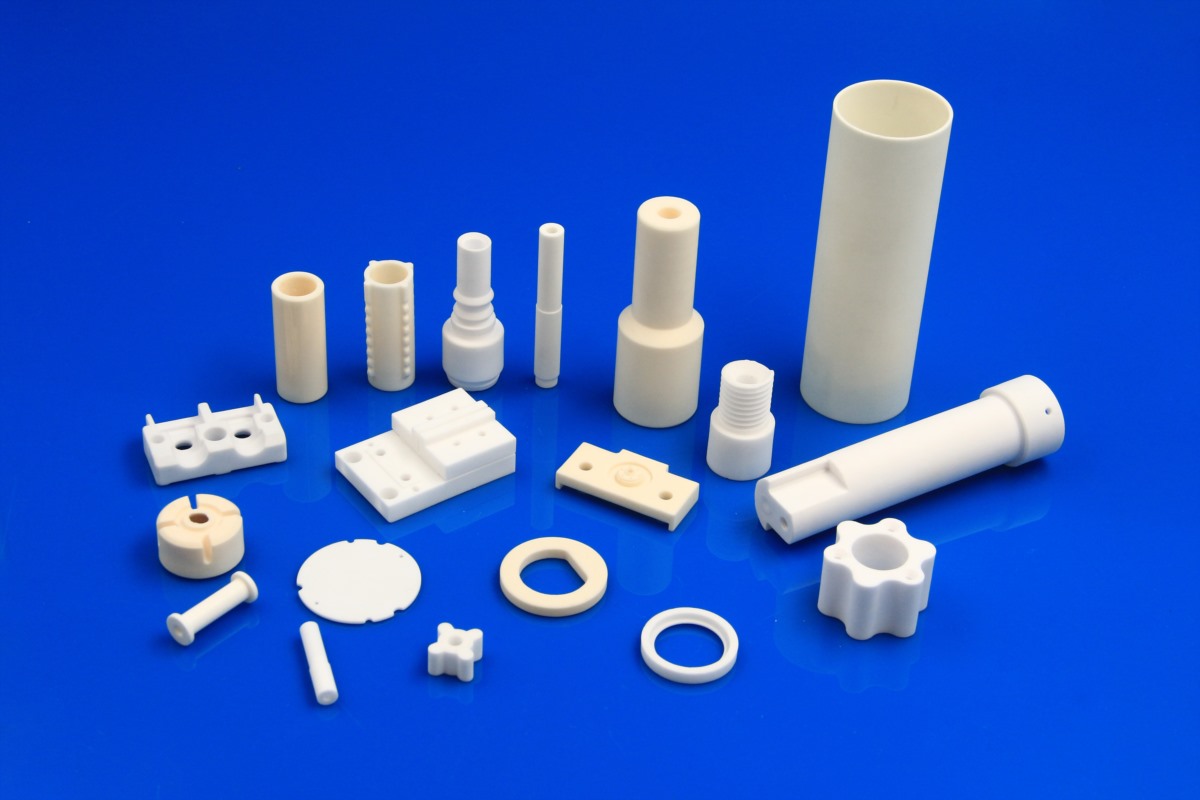Advanced Ceramics in Electronics and Technology

Advanced Ceramics are used in electronics and technology. It has unique properties that make it serve important insulative, sensor, resistive, capacitive, magnetic functions, and electrooptic in electrical and electronic circuitry. In this article, we will explore the applications of Advanced Ceramics in Electronics and Technology.
1. Properties of Advanced Ceramics in Electronics and Technology
Advanced Ceramics are known for their excellent electrical and thermal properties. They have high thermal conductivity, which makes them ideal for heat sinks, helping to dissipate heat from electronic components. They also have high dielectric strength, which makes them suitable for electronic components such as resistors, capacitors, and insulators.
2.Advanced ceramic materials with high electrical performance
Alumina: Alumina Ceramic (Al₂O₃) are a common ceramic material used in electronic components. It has high dielectric strength, and high thermal conductivity, and is resistant to wear and corrosion.
Aluminum Nitride: Aluminum Nitride (AIN) is used in many electronic applications due to its ability to quickly dissipate heat, which makes it a more efficient material, unlike most electrical insulating materials.
Atmospheric Pressure Sintered Aluminum Nitride, like Hot Pressed Aluminum Nitride, has excellent dielectric strength properties but is specified for use in applications with extreme temperature fluctuations.

Hot Pressed Aluminum Nitride has excellent dielectric strength and excellent thermal conductivity, making it ideal for semiconductor applications.
Silicates: Silicates are Typically used in cost-effective technical applications where electrical resistivity is required.
Mullite has excellent thermal shock properties and dielectric strength. Steatite ceramics have low dielectric losses and high dielectric strength, and are inexpensive to manufacture.
Silicon Carbide (SiC): Silicon Carbide is a ceramic material used in high-power electronic devices such as power converters, inverters, and motor drives. It has high thermal conductivity, high electron mobility, and can operate at high temperatures.

3. Advantages of Ceramics in Electronics and Technology
Ceramics have several advantages over other materials used in electronics and technology. Some of these advantages include:
1. Durability: Ceramics are highly resistant to wear and corrosion, making them ideal for use in harsh environments.
2. High Temperature Resistance: Ceramics can operate at high temperatures without degradation, making them ideal for high-temperature applications.
3. High Dielectric Strength: Ceramics have high dielectric strength, which makes them ideal for use in electronic components such as capacitors and insulators.
4.High Thermal Conductivity: Ceramics have high thermal conductivity, which makes them ideal for use in heat sinks, which help dissipate heat from electronic components.

Comments
Post a Comment